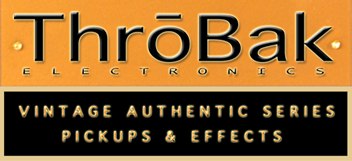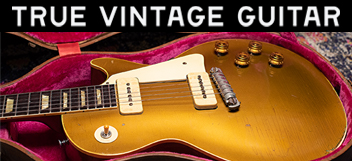magicGrailLog
New member
- Joined
- Jan 6, 2019
- Messages
- 16
Just got a Les Paul kit from precisionguitarkits.com and want to finish it. It's a standard style (mahogany back with carved flamey maple top) and want it to end up looking like an Iced Tea burst. I cheaped out and didn't get the edges bound, so I wanted to try the poor man's natural binding like PRS does. I have some questions and a finishing schedule below that I was hoping to get feedback on. I've read so much about finishing (forums, Jewitt/Erlewine books, etc) that my eyes are ready to pop out. I'm a newbie to finishing, so I apologize if this posting is a little long. Here goes:
Questions:
Finishing schedule:
Questions:
- Will the finish be more hard & clear like glass using nitrocellulose lacquer instead of vinyl sealer to seal after transtint dying the maple top & grain filling? I’ve read vinyl is softer than lacquer & hard to sand down.
- Do I need to worry about the wet sanding affecting the hide glued neck joint, or should I just use naphtha instead of water? Should I vinyl seal, superglue, tape, or do something else to the hide glue before wet sanding?
- Should I worry about stearates from sandpaper causing fisheye in the nitrocellulose lacquer, or just wet sand 100% of the time? I’ve read (from a blog so I’m not sure how much to trust it) that stearated sandpaper only affects water-based lacquer, but since I’m using nitrocellulose maybe I have nothing to worry about? I bought some Mirka Abranet, but am wondering if I should use something like 3M’s Gold 216u Fre-Cut.
- What kind of ink to use for stamping serial number on back of headstock? I don’t want the ink to dissolve in my clear nitro lacquer coat on top of it.
Finishing schedule:
- Prep (sand 220 with grain, brush/vacuum dust, tape over hide glue joint, solvent wipe-down, etc)
- Two thin coats of vinyl seal (with 33% thinner) 20 minutes apart on binding, neck, bottom, & inside tuner holes, Dry, Sand 320 with grain, Brush/vacuum sawdust
- Neck & bottom - Grain fill (fill is oil-based - reduce to mayonnaise consistency with naphtha if needed) - Burlap/Scotchbrite at 45 degrees to grain, Dry 1 week, Sand 280 with grain, Brush/vacuum sawdust
- Two thin coats of vinyl seal (with 33% thinner) 20 minutes apart on binding, neck, back of headstock, & bottom (not the top & not headstock veneer) - (only wet sand dust/bugs/runs/sags)
- Top
- Spray brown dye (dyes are water based), wait 2 mins, wipe with damp rag, dry, wet sand 320 with grain, spritz naphtha to check
- Spray brown dye, wait 2 mins, wipe with damp rag, dry, wet sand 320 with grain, spritz naphtha to check
- Spray orange/vintage amber dye, spritz naphtha to check
- Spray red/orange/brown (orange and mahogany red) dye burst pattern, spritz naphtha to check
- Wet sand 320 wood furs with grain, Brush/vacuum sawdust
- Spray 2 coats of clear nitrocellulose lacquer (with 60% thinner & 5-10% retarder) 1 hour apart (only wet sand dust/bugs/runs/sags)
- Headstock
- Veneer: Wet sand 320, Wipe black dye (denatured alcohol), Spray 2 coats of black lacquer (with 60% thinner & 5-10% retarder) 1 hour apart, Dry, (only wet sand dust/bugs/runs/sags)
- Apply decal on front, Stamp S/N on back
- Scrape/wet sand any colors from binding
- Spray 4 coats of clear nitrocellulose lacquer (with 40% thinner & 10% retarder) 1 hour apart on 1st day, Dry overnight, Spray 4 coats 1 hour apart on 2nd day - do everything except nut, fretboard, etc. (only wet sand dust/bugs/runs/sags)
- Flash coat?
- Buff - Dry for 4 weeks then buff
- Soak sandpaper for 1 hr (in naptha? or water?)
- Wet sand 600-800, Wipe with naphtha
- Wet sand 1000-1400, Wipe with naphtha
- Wet sand 2000, Wipe with naphtha
- Wait 7-10 days
- Buff... Wipe with naphtha



